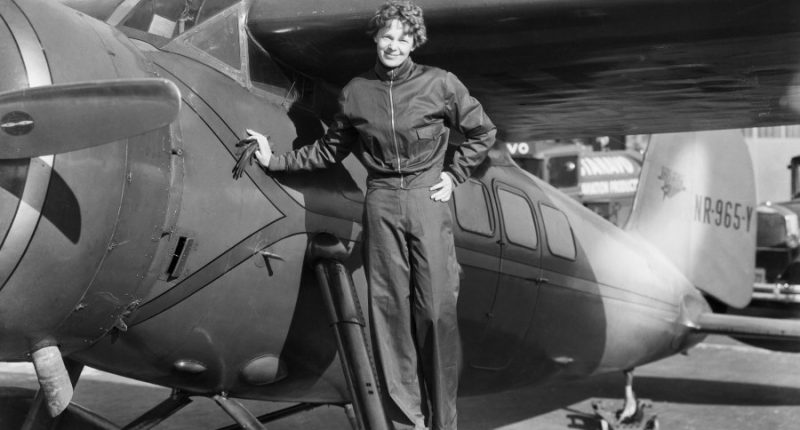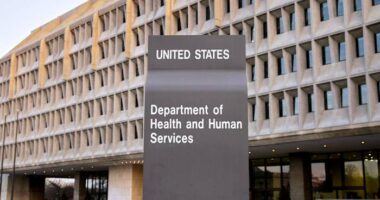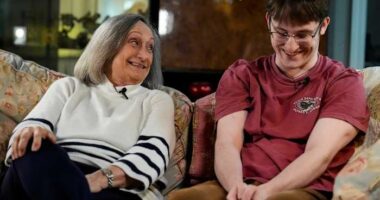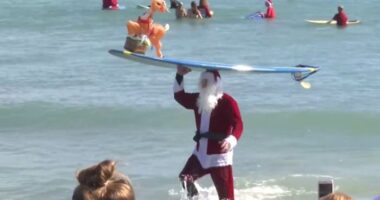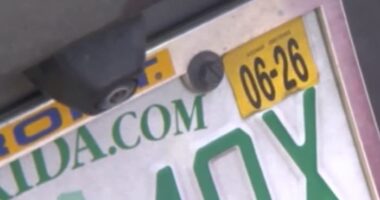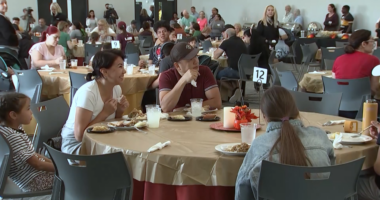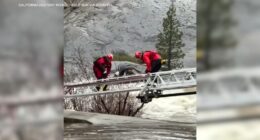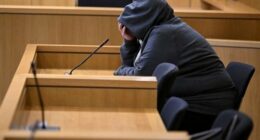Share this @internewscast.com
WEST LAFAYETTE, Ind. (WGN) Nearly 90 years after Amelia Earhart mysteriously disappeared while attempting to circumnavigate the globe, researchers have announced a new expedition to locate the aviation pioneer’s lost aircraft.
On Wednesday, Purdue Research Foundation (PRF) and Archaeological Legacy Institute (ALI) announced “the Taraia Object Expedition,” a joint effort to locate Earhart’s lost aircraft.
According to the PRF, the expedition is expected to get underway in November of 2025 and will begin with a visit to the site of the visual anomaly known as the “Taraia Object,” which researchers believe may possibly be the remains of the Lockheed Model 10E Electra, also known as the “flying laboratory,” flown by Earhart and Fred Noonan during their 1937 journey.
“What we have here is maybe the greatest opportunity ever to finally close the case,” ALI executive director Richard Pettigrew said. “With such a great amount of very strong evidence, we feel we have no choice but to move forward and hopefully return with proof. I look forward to collaborating with Purdue Research Foundation in writing the final chapter in Amelia Earhart’s remarkable life story.”
The “Taraia Object” is the commonly used name for a visual anomaly spotted in the lagoon of Nikumaroro Island in the South Pacific Ocean.
Researchers first became aware of the Taraia Object in 2020 after it was spotted in an Apple Maps satellite image.

After learning about it, researchers began studying satellite images taken between 2009 and 2021 and discovered that the object first became visible in satellite images around April 27, 2015, shortly after Tropical Cyclone Pam passed by the island.
According to researchers, a vast amount of circumstantial evidence amassed largely by the International Group for Historic Aircraft Recovery supports the “Nikumaroro” hypothesis, which posits that Earhart and her navigator, Fred Noonan, did not crash at sea but instead landed on an uninhabited island where they were marooned.
Additional evidence that supports this hypothesis includes radio bearings that were recorded from radio transmissions at the time by the U.S. Navy, the U.S. Coast Guard and Pan American World Airways, which converge on Nikumaroro; artifacts dating to the 1930s that were found on the island, like a woman’s shoe, a compact case, a freckle cream jar and a medicine vial; A 2017 analysis of human bones discovered on the island in 1940, which determined Earhart’s bone lengths were more similar to the discovered bones than 99% of individuals; the Bevington Object, a photographic anomaly captured shortly after the plane’s disappearance, which appears to represent a piece of the plane’s landing gear on the Nikumaroro reef.

The historic expedition is set to embark from Majuro in the Marshall Islands on Nov. 5. Crews will spend five days on Nikumaroro to inspect the Taraia Object, before returning to port on Nov. 21.
If it is successful in confirming the identity of the aircraft, the PRF and ALI will return to Nikumaroro for larger excavation efforts in 2026 to uncover and help return what remains of Earhart’s plane.
Purdue’s role in the expedition highlights the contributions Earhart made to the university.
Earhart had begun working for the university after Purdue President Edward Elliott became concerned that the women enrolled at the university were not completing their educations. He later hired her to serve as a counselor on careers for women, advise Purdue’s aeronautical engineering department and allow her to enjoy access to the resources of Purdue’s new airport.
The PRF later funded Earhart’s “flying laboratory,” Lockheed Electra 10E airplane, through the Amelia Earhart Fund for Aeronautical Research.

Upon her return, Earhart had intended to give the plane to Purdue for research, but it never made it home and now researchers are looking for a conclusion to the nearly century-long story.
“Both Earhart and her husband and manager, George Putnam, expressed their intention to return the Electra to Purdue after her historic flight,” senior vice president and general counsel of Purdue University, Steven Schultz, said. “Based on the evidence, we agree with ALI that this expedition offers the best chance not only to solve perhaps the greatest mystery of the 20th century, but also to fulfill Amelia’s wishes and bring the Electra home.”
ALI’s subscription video platform, Heritage Broadcasting Service, will be used to share updates on the project.
